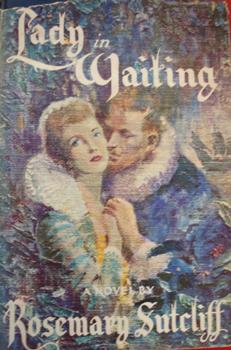Arthurian legend is not unique to Wessex, of course. Scotland, Wales, Cornwall and Cumbria all have sites strongly associated with Arthur. However, Thomas Malory explicitly identified Camelot with Winchester, while a fortuitous “discovery” of Arthur’s tomb by the monks of Glastonbury Abbey brought pilgrims (and their money) to the supposed site of his burial.
In a way, this is ironic, as Arthur, if he existed, almost certainly fought to prevent Wessex – that is, the kingdom of the West Saxons – from ever being created. Historians will probably debate forever whether Arthur was a real person, an amalgamation of several people, or an entirely fictional character. Whichever is the case, he would have fought on the side of the native Romano-Britons against the incoming Saxons.
The earliest source for the figure of Arthur is Gildas’s The Ruin of Britain. This does not mention Arthur by name, but does talk about a figure called “the bear”, Arcturus in Latin. The later Arthurian tradition dates back to Geoffrey of Monmouth, writing in the 12th century.
Since then, Arthur has been subject to a number of reinterpretations, from the Victorian romanticism of Tennyson to the grimy realism of HTV’s Arthur of the Britons. Real or not, he is an infinitely fascinating and adaptable character.





